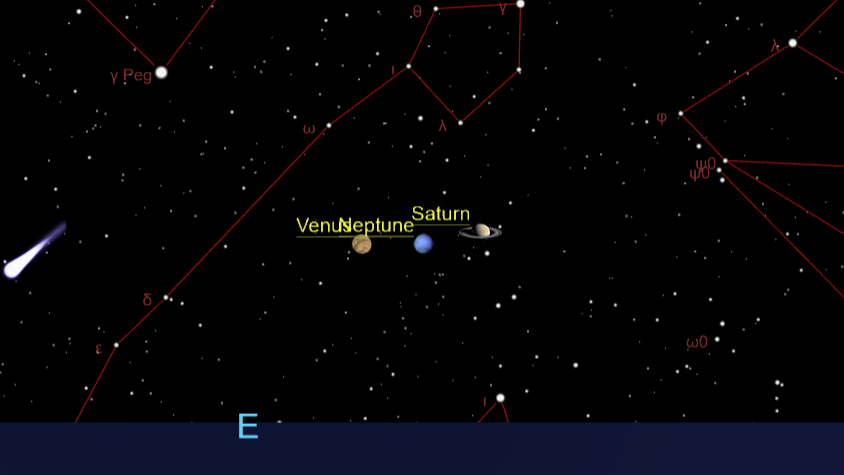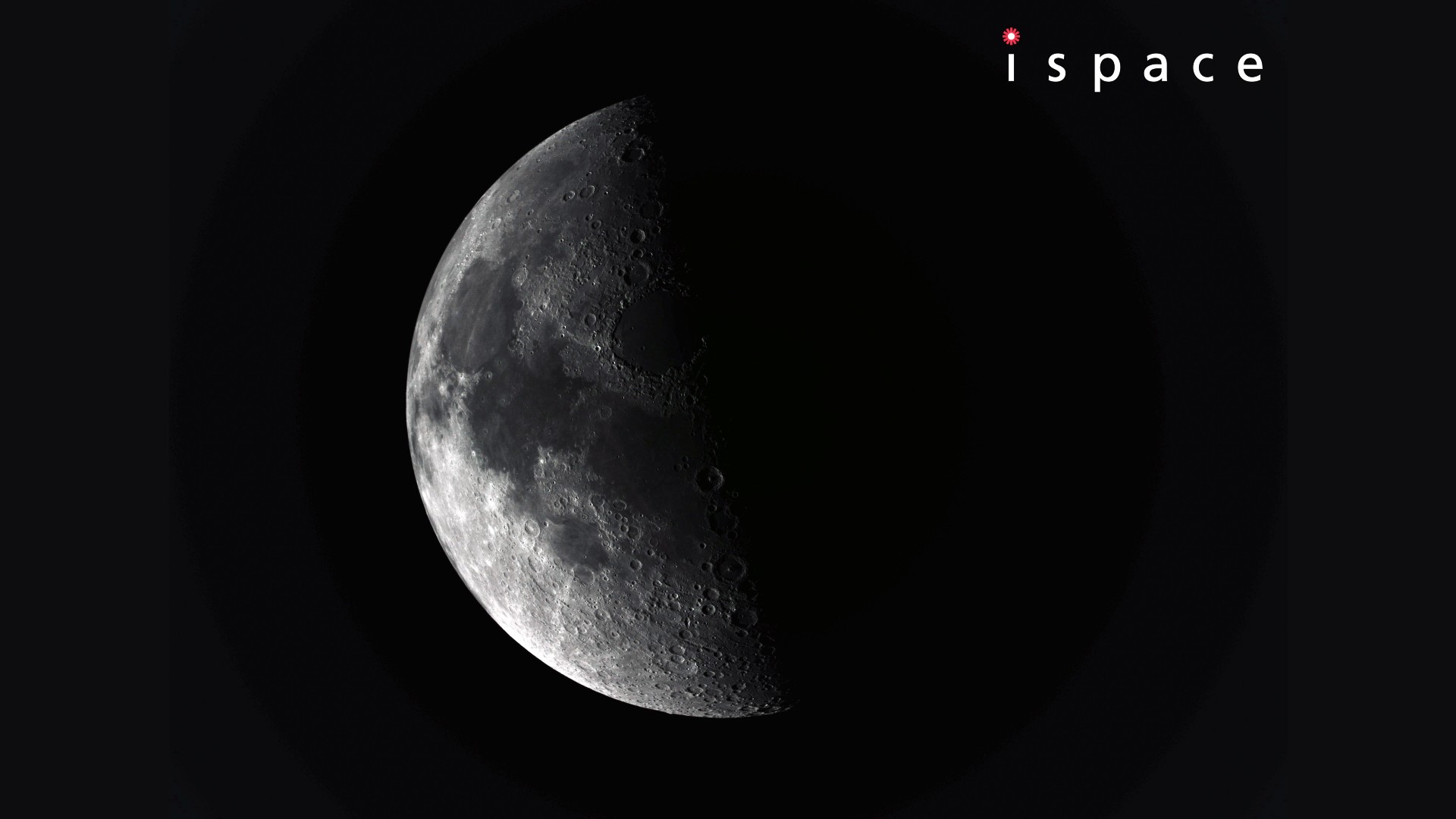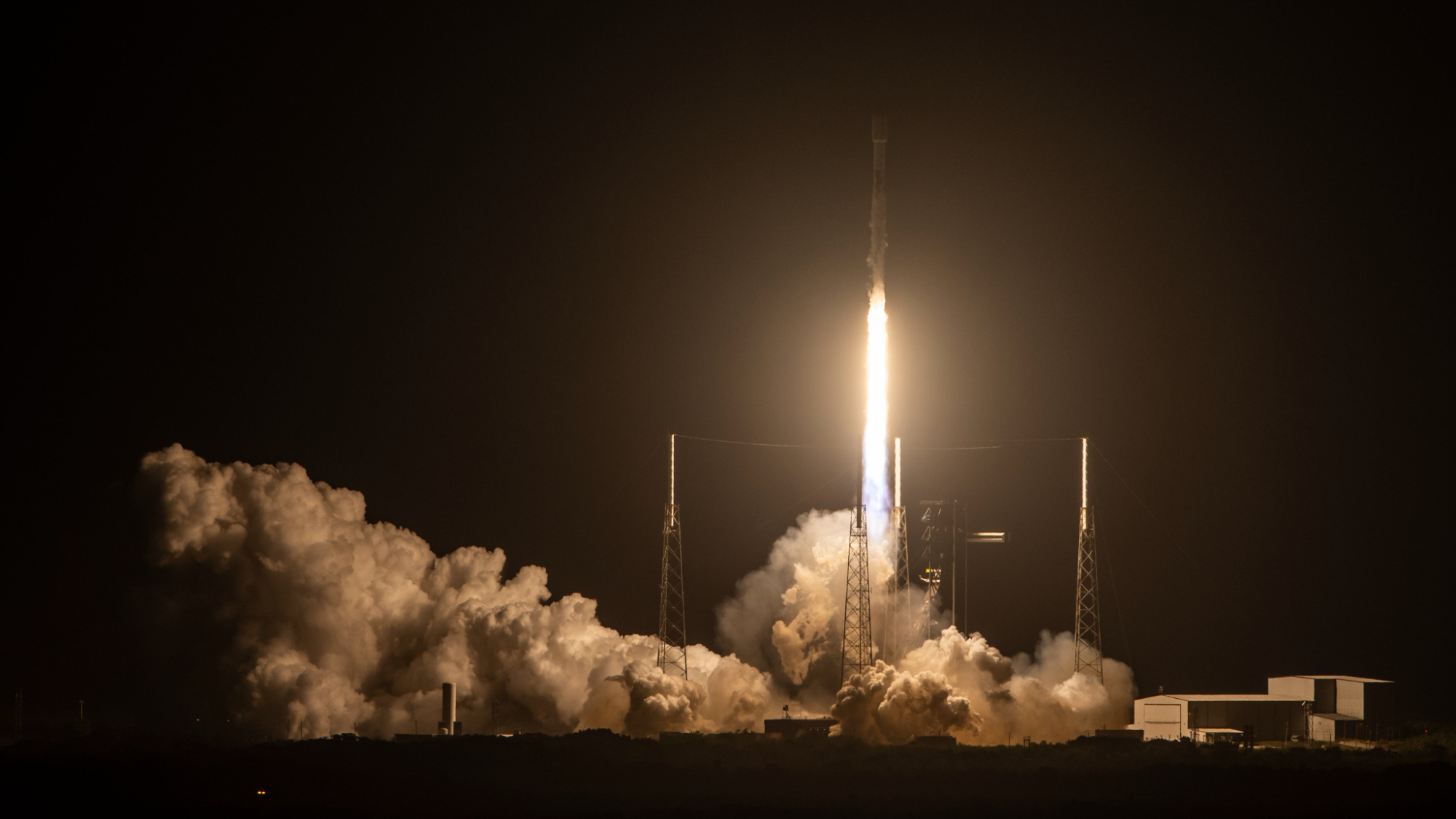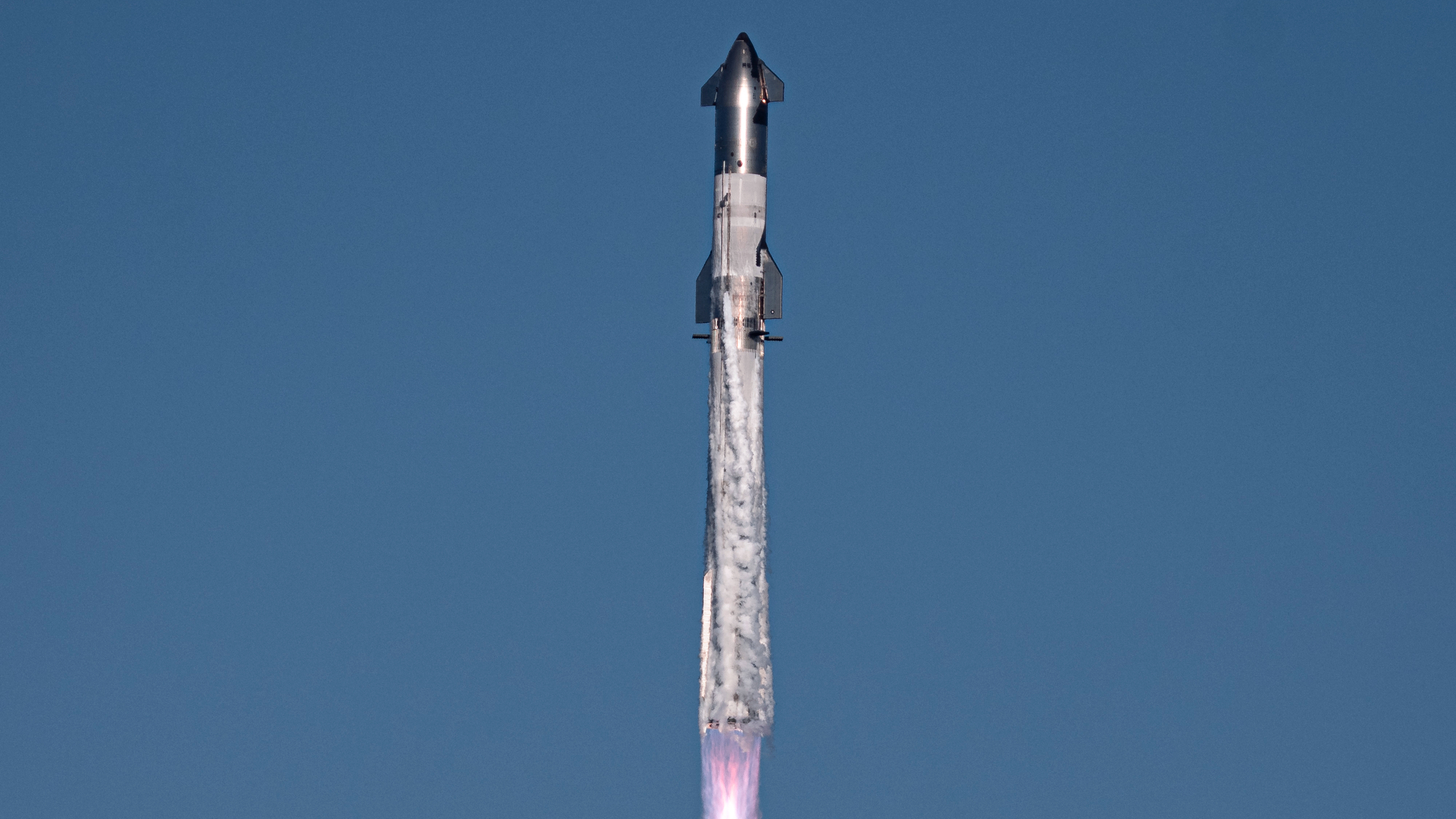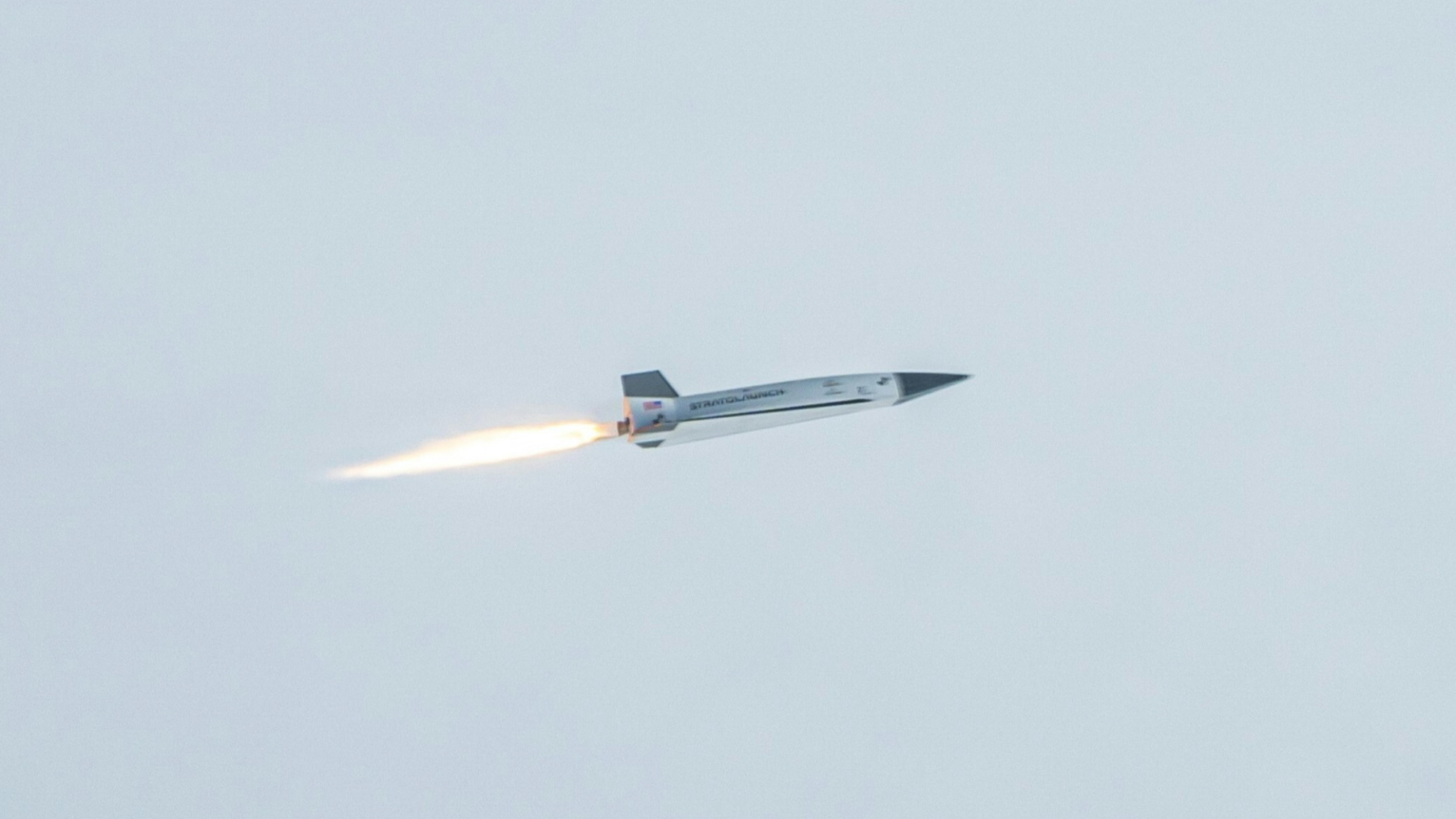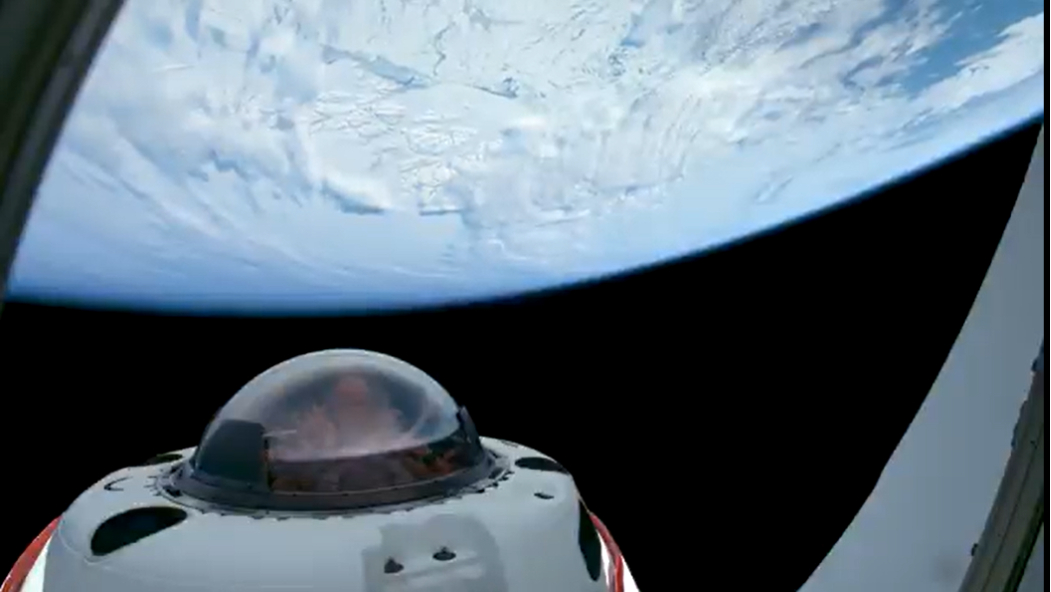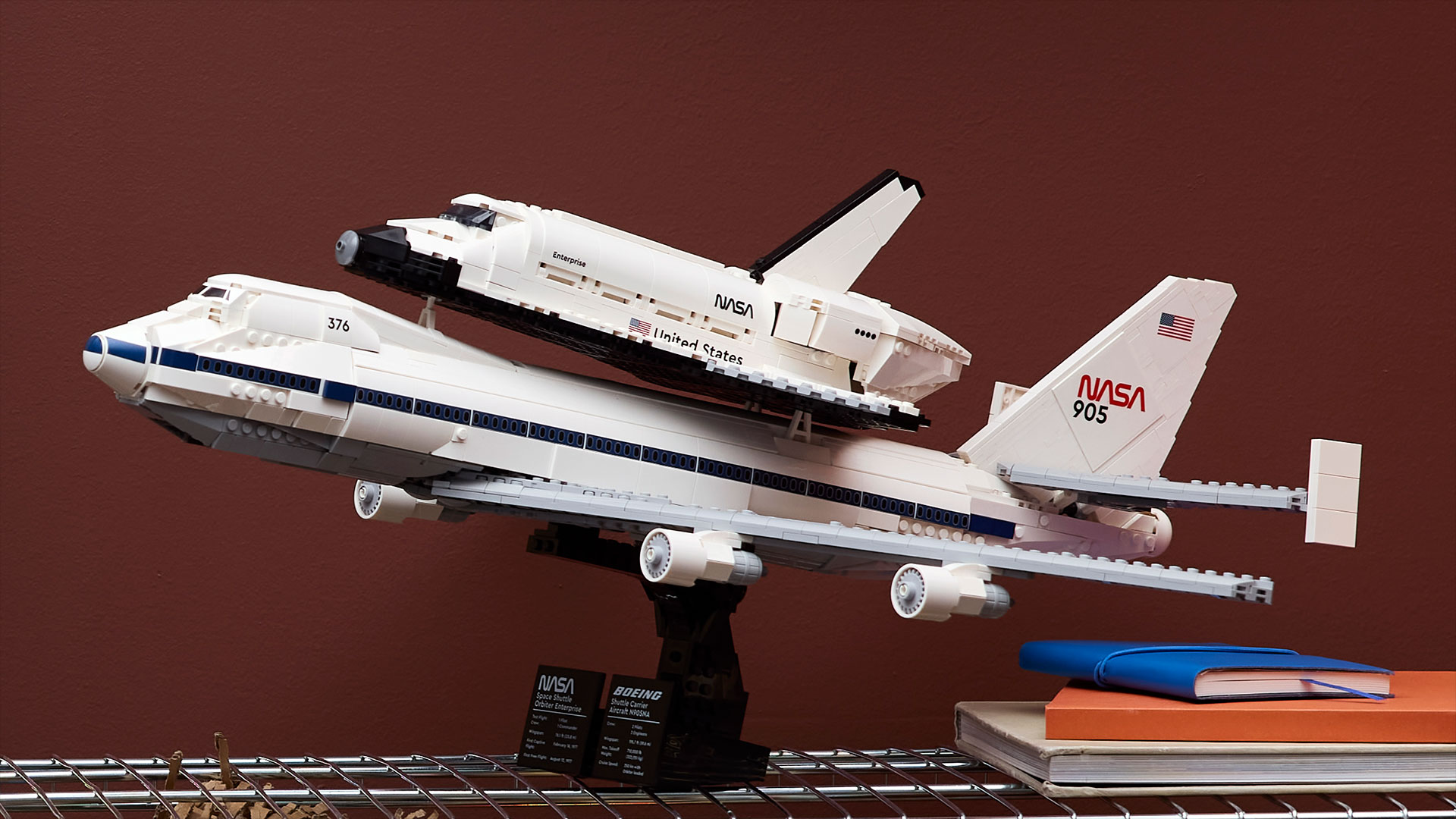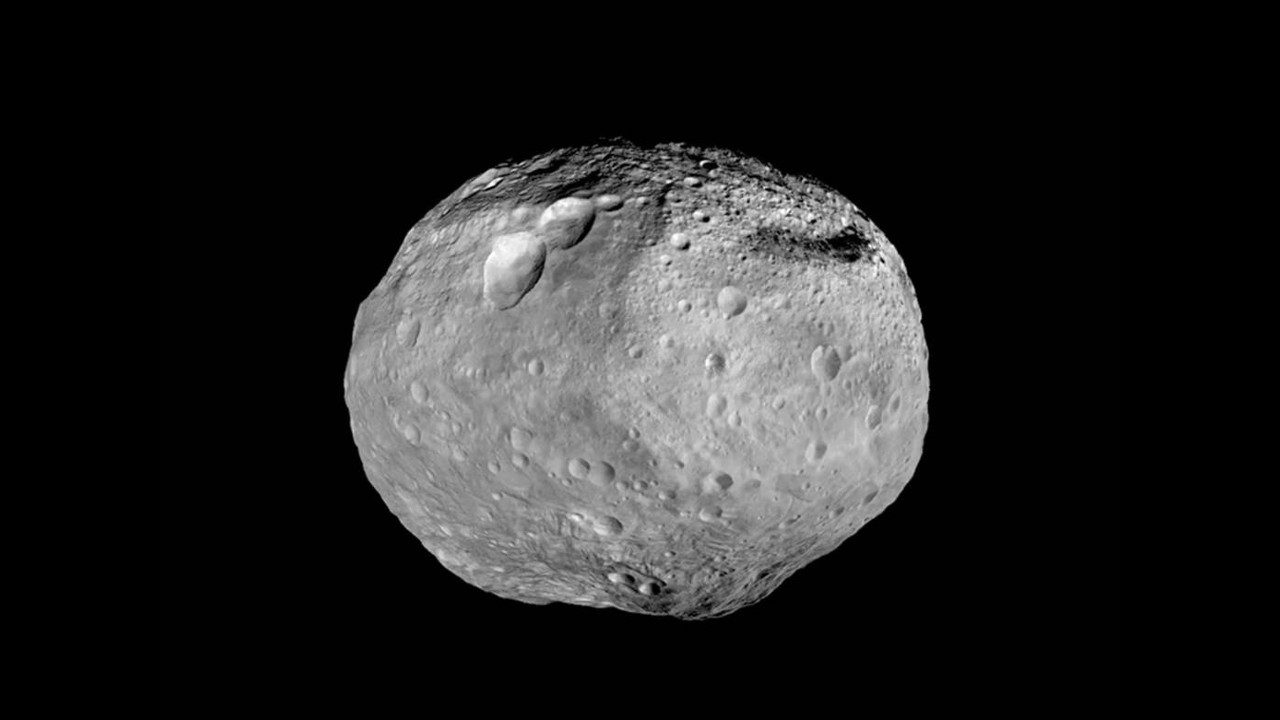Remembering President Ford's Space Legacy
He was onlyin the White House for 895 days but during that time he witnessed the first jointspace mission between the United States and the Soviet Union, saw his nationland the first spacecraft on Mars and was there for the rollout ofthe first space shuttle. He may not have made major contributions to space policy asthe President but earlier in his career as a member of the House of Representatives, he helped create NASA.
Gerald R.Ford, Jr., 38th President of the United States, died on Tuesday at age 93. Fordassumed the office in August 1974, following the resignation of Richard Nixon.In 1973, Nixon had appointed Ford to be his second in commmand after VicePresident Spiro Agnew resigned.
As such,Ford was the only person in U.S. history to hold the two highest politicalposts without ever being elected to either.
Ford's twoyears as President fell between the end of the Apollo Program and beginning ofthe space shuttle era.
In July1975, less than a year into his presidency, Ford witnessed the symbolichandshake in space between an American astronaut and Soviet cosmonaut during the Apollo-Soyuz mission.
"I hadthe pleasure and thrill of talking to our astronauts and the Soviet cosmonautswhen they linked up in space at the culmination of the historic U.S.-U.S.S.R.Apollo Soyuz Test Project," Ford wrote in a report to Congress.
During thelong distance telephone call, Ford questioned both nations' crewmen about theirspacecraft's docking system, their training, asked for their advice foraspiring astronauts and inquired about space food. He began the conversationrecognizing the precedent set by their flight.
Get the Space.com Newsletter
Breaking space news, the latest updates on rocket launches, skywatching events and more!
"Ithas taken us many years to open this door to useful cooperation in spacebetween our two countries and I am confident that the day is not far off whenspace missions made possible by this first joint effort will be more or lesscommonplace," Ford radioed to space.
One yearlater, on July 20, 1976, President Ford watched as the United States landed Viking I on Mars, making the first successful touchdown on the redplanet's surface. A feat that was followed a month later by Viking II.
"Ithink it's amazing to think that in the span of a single lifetime, theexploration of air and space has grown from the dreams of a very, very fewindividuals to such a massive cooperative reality. We have gone from a flightof a few seconds and a few hundred feet for a year- long journey to Mars,crossing some 440 million miles," Ford told NASA Adminstrator Dr. JamesFletcher and NASA's Viking Project Manager Jim Martin.
Viking Iwas originally scheduled to land on July 4, 1976, the United States' bicentennial, but was delayed in orbit while scientists sought a safelanding site. A signal sent by Viking on July 1 relayed to Washington, D.C. triggered a replica of the lander's arm to cut the opening ribbon of the Smithsonian'sNational Air and Space Museum. Ford, who was present for the ceremony, calledthe new facility "a perfect birthday present" for the nation.
Ford'sAdministration supported the continued funding for the space shuttle and heattended the September 1976 rollout of the first test orbiter, Enterprise. Originally to be named Constitution in another bicentennial nod, fans of thetelevision show "Star Trek" sent thousands of letters to Ford urgingit be named after the fictional starship. As a result, President Ford insistedNASA rename the orbiter.
Reports onspace activities written by Ford in 1975 and 1976 hailed the on-goingdevelopment of satellites and the data received from interplanetary probes as"a major contribution to our quality of life and economic growth."
Ford'scontributions to the nation's space program largely were restricted to seeingthe product of his predecessor's initiatives.
Prior tojoining the Executive Branch however, Ford, the 24-year Michigan congressman,served on the committee that oversaw the establishment of NASA from theNational Advisory Committee on Aeronautics.
"Eversince I first came to the Congress I have had a great interest in science andtechnology. I recall very vividly my first exposure, as a member of theCommittee on Appropriations, to military research and development programs. Andsubsequently, I had the opportunity to serve on the select committee thatchanged NACA to NASA, and subsequently became very interested in the spaceprogram itself," President Ford said in 1976.
Copyright 2006 collectSPACE.com. All rights reserved.
Join our Space Forums to keep talking space on the latest missions, night sky and more! And if you have a news tip, correction or comment, let us know at: community@space.com.

Robert Pearlman is a space historian, journalist and the founder and editor of collectSPACE.com, a daily news publication and community devoted to space history with a particular focus on how and where space exploration intersects with pop culture. Pearlman is also a contributing writer for Space.com and co-author of "Space Stations: The Art, Science, and Reality of Working in Space” published by Smithsonian Books in 2018.In 2009, he was inducted into the U.S. Space Camp Hall of Fame in Huntsville, Alabama. In 2021, he was honored by the American Astronautical Society with the Ordway Award for Sustained Excellence in Spaceflight History. In 2023, the National Space Club Florida Committee recognized Pearlman with the Kolcum News and Communications Award for excellence in telling the space story along the Space Coast and throughout the world.
